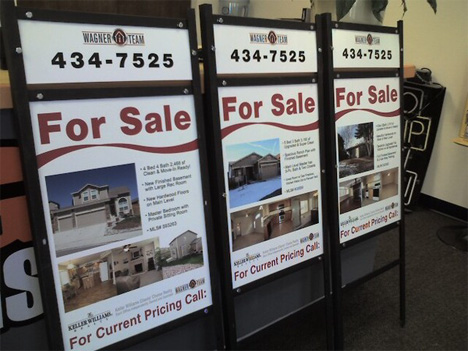I began reading this blog last year right after I first received my license. I took the class, the follow up class, graduated, found a brokerage, got the signature, then got my license. After all this I realized I knew nothing about Real Estate. I knew nothing at all. Where do I start? Google of course.
I found BHB. I began reading, reading, reading, and reading some more. I read Greg and what he does after he lists a property in Phoenix. I asked myself, “Would this work in Columbia SC?” I took it to heart and pondered it for several days. I finally came up with the answer. Some will, some will not. Thus is life. At this point, I began to slowly implement these ideas (though I didn’t grasp the ideas and honestly still don’t).
Tonight, I was writing a blog post on my personal blog about the most expensive houses in my market. Naturally, they do not resemble the prices that several of the Bloodhounds are used to. The average price in Columbia, SC is $145,000. I’ll take them all day long and sell every one I can. I like that price range personally.
I felt a little gluttonous this evening and decided to write the post. Of course, I pull up the MLS, do a basic all areas search for houses above $1 million in my markets. I was surprised to see a $5.75 million dollar property. I was more surprised to see the pictures. This is the headline image for the house (remember, this is the most expensive house on the market in Columbia, SC)

Lovely house I am sure. However, with this picture, I am going no where near it.
Now, ok, it’s not horrible…however, this is the 3rd most expensive house’s picture coming in at $3 million even.

Remember, the title of this post is ‘Not to beat a dead horse…’. I know this goes on all the time. Horrible pictures don’t sell houses, IDIOTS sell houses…apparently.
I do not claim to be a photographer by any means. I continuously cut my little sister out of photographs. If I stood to Read more


 That’s
That’s 



